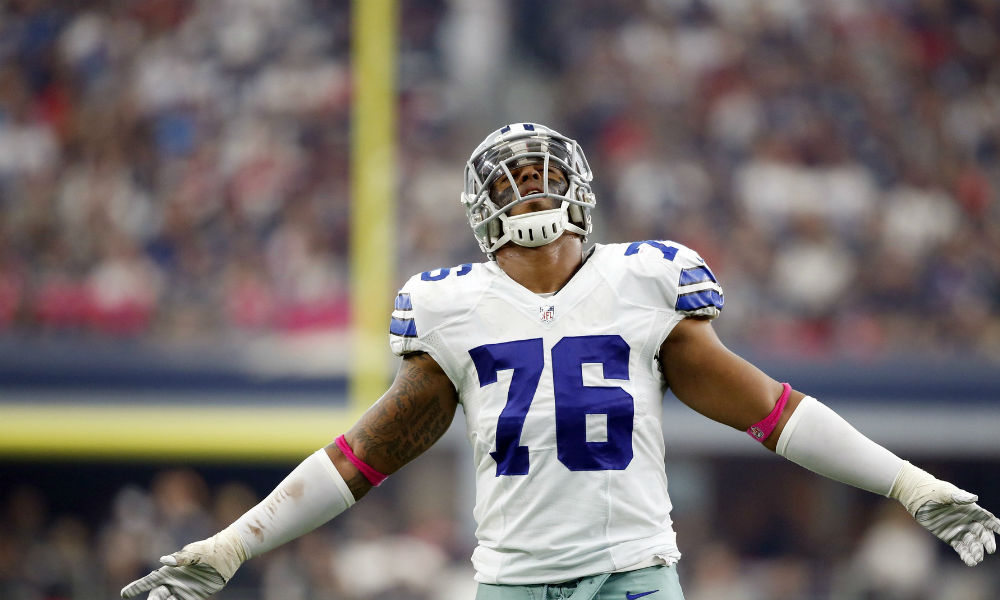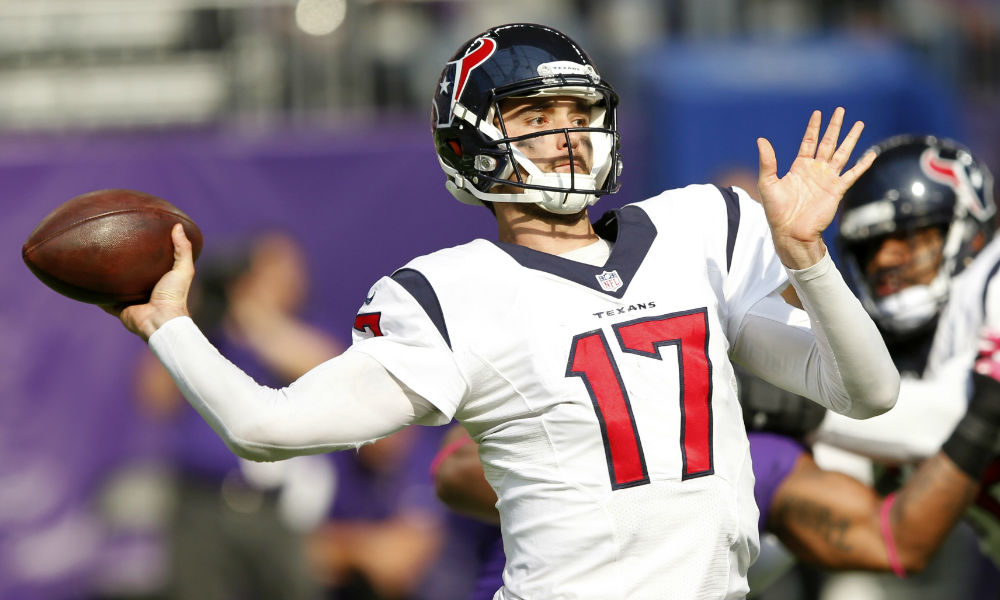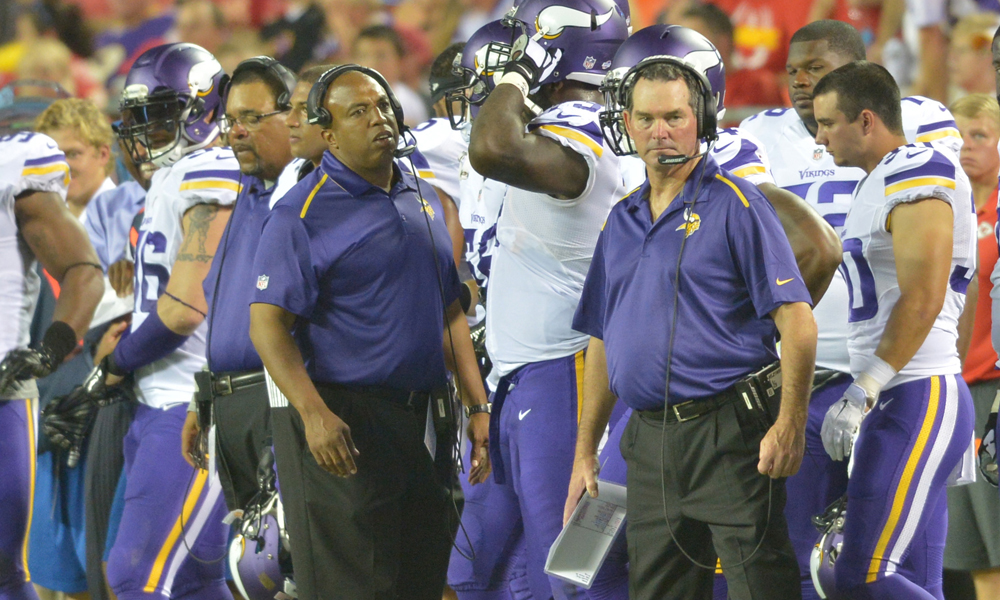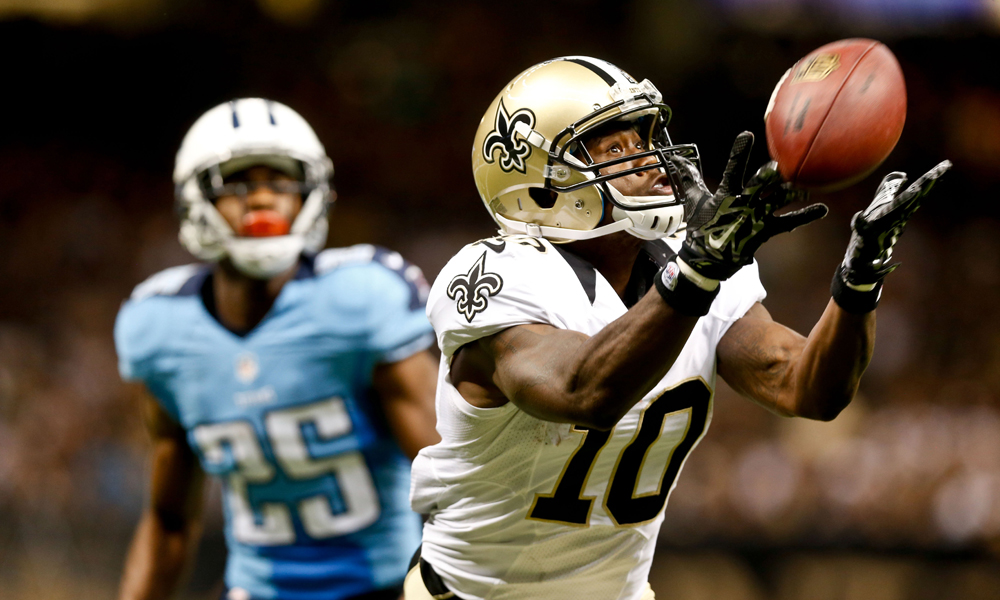News
Packers, Patriots planned to be Super
So-called experts try to make football such a complex game that the rest of us can’t understand it. In reality, the path to success is really simple to follow — and Sunday’s meeting of the Packers and Patriots, quite possibly a Super Bowl preview, proves it.
Repeat after me: Success depends on having a plan and sticking with it.
That wasn’t complicated, was it?
So why is Packers-Patriots a potential Super Bowl preview? It goes way beyond quarterbacks Aaron Rodgers and Tom Brady, believe me.
These two teams have plans — different plans, but excellent plans — and follow them. In fact, few teams have been as good at following a blueprint as these two. And the fact they do it differently just proves there is more than one way to accomplish a goal as long as that way is not just an, “Oh, heck, let’s try it this way this time.”
Obviously, having Rodgers and Brady at quarterback gives the Packers and Patriots a pretty good head start. But you don’t have to go back too far to see how many Super Bowls Dan Marino and Dan Fouts won (hint: it was less than one), to understand there is more to winning than finding a quarterback.
Ever since Green Bay began its revival under general manager Ron Wolf and coach Mike Holmgren in the early ’90s, the Packers have built their team around players they drafted and developed themselves. And that building plan also extends to the front office — Wolf and Holmgren begat Ted Thompson, the general manager and architect of the current team. (And, taking it another step, Thompson began John Schneider, general manager of the Super Bowl champion Seahawks).
The Packers identify their needs, get the players to fill them, and stick with the plan.
Sure, there were the outliers who got the thing going, particularly Brett Favre (trade) and Reggie White (free agent), but a look at the Green Bay roster today confirms that the Packers have the fewest players in the NFL who ever played for another team.
Rodgers, plus the Packers’ top seven receivers, top three rushers, placekicker and top three tacklers all were drafted by Green Bay. Green Bay is the most successful, homegrown team in the NFL since the Pittsburgh Steelers’ dynasty of the ’70s, a period when teams had few avenues to obtain top players other than drafting and grooming them, because there was no free agency in that era.
And, by the way, long-term no team is no better than than Pittsburgh at believing in and sticking with its plan. The Steelers have had just three coaches in 45 years.
A key part of sticking to a plan, also, is realizing when you have screwed up and moving quickly to fix it. The Packers did that in 1999 when they promoted Ray Rhodes to succeed Holmgren as coach, after Holmgren left for Microsoft’s millions with the Seahawks, then fired Rhodes after one season.
That’s a big part of Bill Belichick’s magic with the Patriots, too.
Belichick, unlike Thompson, succeeds in part by renting players — taking misfits, end-of-career players and others who no one else may want, but keeping them on a short lease and showing willingness to move on as soon as that becomes necessary.
Malcontents like Randy Moss and Corey Dillon found a home in New England, albeit for a short time, and succeeded there in part because they knew it was a last chance. This year’s rent-a-guy is Darrelle Revis, and he has a chance at something that eluded Moss and Dillon — a Super Bowl championship ring.
The short leash was rarely more evident than last week, after running back Jonas Gray, anointed as a savior after rushing for 201 yards and four touchdowns against Indianapolis, was sent home a few days later after oversleeping and arriving late for practice. One week after Gray’s breakout game, he spent the entire game against Detroit on the sidelines, not getting onto the field for a single play — and was replaced by another malcontent who left another team’s doghouse, LeGarrette Blount (Pittsburgh), to accept Belichick’s short leash.
One thing Belichick clearly does not do is worry about egos.
Brady has achieved enough success to exist in a world of his own, but when Belichick unloads his favorite receiver, like Wes Welker, or a key offensive lineman like Logan Mankins, Brady may chafe and complain — but Belichick moves ahead.
Welker has had success in his second life in Denver, but the Mankins move, which came on the eve of the season, demonstrates how Belichick has managed to keep the team strong while still planning for the future — a tactic that evades most coaches.
In return for Mankins, the Patriots got a tight end (Tim Wright) who has caught six touchdown passes, plus an extra draft choice next year.
No one gets coddled with the Patriots, no matter how many rings he has.
Brady, 37, talks of playing another five years. There is evidence that regardless of his success with the Patriots and his closeness with owner Robert Kraft, Belichick already is planning for a succession.
This year, the Patriots used a second-round draft pick on a quarterback, Jimmy Garoppolo. In 2011, they used a third-round pick on a quarterback, Ryan Mallett. In 2008, when Brady was arguably at the peak of his career, they used a third-round pick on a quarterback, Kevin O’Connell.
In fact, the Belichick mystique is very reminiscent of Bill Walsh, who coached his way into the Hall of Fame by building the 49ers’ dynasty in the ‘80s and, like Belichick, always got rid of players a year early rather than a year late and kept his team strong in the present while also building for the future.
Joe Montana didn’t like it when Walsh brought in Steve Young as his backup and eventual successor, but both of them have plaques in Canton. More than once, Walsh either drafted a player with an injury who he knew couldn’t play for at least a year, or kept a player around despite a series of injuries, figuring the guy would eventually get healthy and have a spot to help. He could afford to do that because he was his own general manager, titles be damned, and so is Belichick.
And, yes, since you asked, there is a flip side to not having a plan and lurching from crisis to crisis. Tony Sparano is the Oakland Raiders’ eighth head coach in a dozen years since Jon Gruden was fired. How has that worked out?
–Ira Miller is an award-winning sportswriter who has covered the National Football League for more than three decades and is a member of the Pro Football Hall of Fame Selection Committee. He is a national columnist for The Sports Xchange.
News
Buccaneers admit mistake, boot Aguayo
Source: Mike Florio of ProFootballTalk
Powered by WPeMatico
News
Did Bucs put too much pressure on Aguayo?
Source: Mike Florio of ProFootballTalk
Powered by WPeMatico
News
Broncos holding their breath on Derek Wolfe
Source: Mike Florio of ProFootballTalk
Powered by WPeMatico





